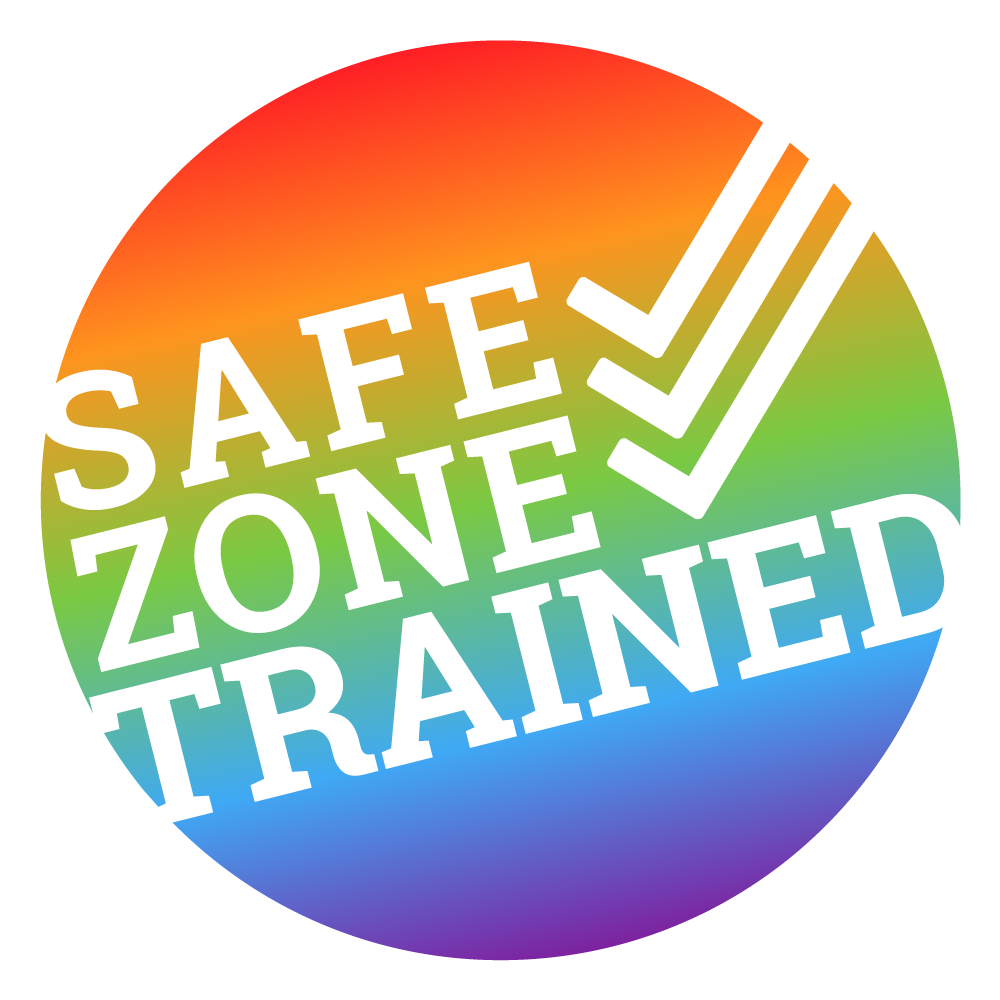Recognizing Child Abuse: What Medical Practitioners Look For in Physical Signs, Symptoms, and Evidence
Recognizing Child Abuse: What Medical Practitioners Look For in Physical Signs, Symptoms, and Evidence
-
According to Dr. Suzanne Heaney, Pediatrician and educator for the American Academy of Pediatrics, post COVID-19 gave valuable data in understanding child abuse and neglect. When medical practitioners evaluate child abuse and neglect, there are multiple signs. Poverty, and lack of support services, since during the COVID-19 pandemic, everyone was unable to leave home and with stressors such as job loss, medical practitioners, more specifically, mandated reporters, are unable to monitor what goes on in the home. For example, mandated reporters such as teachers and school social workers, school nurses, are unable to detect early signs of abuse due to stay-at-home orders. Especially children who have special needs and have suffered from past trauma, are also going to be at an increased risk of abuse and neglect, so not being visible raises concerns that something may be happening or they may be suffering. Missed child medical visits with a history of past abuse is also another risk. Neglect could be the form of malnutrition, lack of providing educational needs, or emotional care (American Academy of Pediatrics, 2020).
In some states, Public Health Nurses (PHNs) work alongside CPS workers in field investigations to look for physical, behavioral symptoms such as fearfulness or withdrawal, aggressive or disruptive behavior, or a reluctance to go home (Casey Family Programs, 2020).
Physical signs a medical practitioner considers when diagnosing a child that has been abused is fractures, such as rib fractures, especially in infants that can occur from squeezing chest too tightly. Fractures that come from twisting or yanking limbs. Bruises in unusual spots such as torso, ears, neck, or genitals that are not caused by normal child's play. Burns in hand or feet or objects such as an iron or cigarette, and multiple injuries at different stages of healing (OPENPediatrics, 2022).
According to the Journal of Clinical Psychology in Medical Settings, other physical signs might be frequent unexplained symptoms such as vomiting, seizures, apnea, chronic diarrhea or fever that do not respond to standard treatment, being unable to gain weight or induced or fabricated illnesses (e.g., where a parent or caregiver fabricates or induces illness in a child) Multiple failed assessments with no medical explanation for the symptoms. (Hoffman & Koocher, 2020).
Symptoms might be irritability, lethargy, or in cases with infants, not speaking, physical movement, or moving eyes or mouth. Feeding issues, such as vomiting, pain or refusal to use a limb seizures or developmental delays such as lack of toilet training or speaking (OPENPediatrics, 2022).
Evidence includes inconsistent or changing stories from parents or caregivers, and previous history of CPS reports or ER visits, delayed medical care for serious injuries, siblings with similar or unexplained injuries, and environmental factors such as domestic violence, alcohol and substance abuse, social isolation (OPENPediatrics, 2022).
The information listed below is helpful when investigating physical child abuse cases.

References
American Academy of Pediatrics. (2020, April 27). Child abuse in the COVID-19 era [Video]. YouTube. https://youtu.be/mX2BaGbCAck (16:12)
Hoffman, J. S., & Koocher, G. P. (2020). Medical child abuse hidden in pediatric settings: Detection and intervention. Journal of Clinical Psychology in Medical Settings, 27(4), 753–765.
California Social Work Education Center (Ed.). (2021). Child Maltreatment Identification Skills Lab, California Core Curricula for Child Welfare Social Workers. Berkeley, CA: California Social Work Education Center.
Casey Family Programs. (2020). How are public health nurses assisting with child protection investigations? Casey.org. https://www.casey.org/public-health-nurses/
Hirschy, S., & Wilkinson, E. (2010). Protecting our children: Understanding and preventing abuse and neglect in early childhood (1st ed.). Wadsworth Publishing.
OPENPediatrics. (2022, September 29). Child Abuse: Skeletal and cutaneous findings by Victoria Radford Bradford and Celeste Wilson [Video]. YouTube. https://youtu.be/HgR3VOLDcp4 (12:07)
LATEST BLOG POST
Search Results




